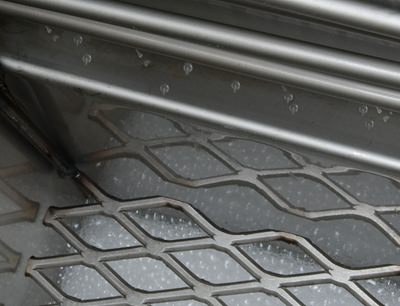Vapor degreasing can be safe when appropriate solvents are used, and safety guidelines are strictly followed. However, to ensure safety, it is essential to assess the specific process, equipment, and materials involved and take necessary precautions accordingly.
Here are some safety considerations for vapor degreasing:
- Solvent Choice: The safety of vapor degreasing largely depends on the solvent used. Some solvents, such as chlorinated solvents like trichloroethylene (TCE) and perchloroethylene (perc), and bromiated solvent like n-propyl bromide (nPB) have been associated with health and environmental hazards. These solvents can pose serious risks if not handled properly, and their use is being phased out or regulated in many regions. We offer many alternatives with much lower toxicity, and we do not offer TCE, perc, and nPB because of the health concerns.
- Ventilation: Adequate ventilation is crucial to prevent the buildup of potentially harmful solvent vapors in the workspace. Proper ventilation helps maintain air quality and reduces the risk of exposure for workers.
- Personal Protective Equipment (PPE): Employees working with vapor degreasing equipment should wear appropriate personal protective equipment, such as gloves, goggles, and respirators, to protect against potential contact with solvents or vapor inhalation.
- Environmental Impact: Adequate disposal methods and compliance with environmental regulations are necessary to minimize the impact on the environment.
- Training and Safety Measures: Workers involved in vapor degreasing should receive proper training on handling solvents, operating equipment, and understanding safety protocols to minimize risks.
For more information on solvent safety, check out "Case Studies on The Negative Health Effects of 1-Bromopropane (1-BP, nPB, n-Propyl Bromide)".
Ask A Technical Question
Stay up-to-date on Chemtronics news, products, videos & more.


